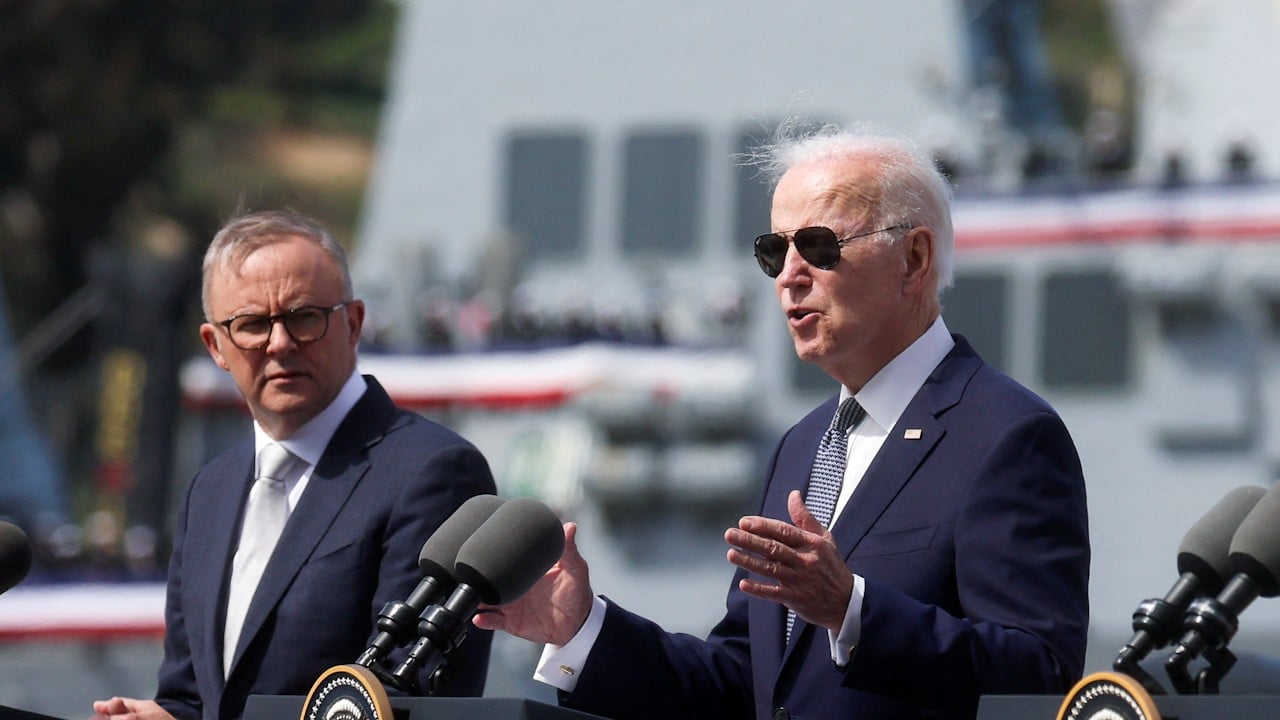Warning that “China has employed coercive tactics in pursuit of its strategic objectives”, the text describes an Australia vulnerable to foes strangling trade or preventing access to vital air and sea routes.
“We are a maritime trading island nation,” Marles said. “The invasion of Australia is an unlikely prospect in any scenario, precisely because so much damage can be done to our country by an adversary without ever having to step foot on Australian soil.”
So instead of focusing on maintaining a military that can do a range of tasks almost anywhere in the world, Marles said there would be a laser focus on building a deterrent force that can protect Australia’s interests in its immediate region.
“Having the most capable navy in our history will be at the heart of our projection and our strategy of denial,” Marles said.
The strategy boils down to making any attack against Australia’s interests prohibitively expensive and risky.
As a share of gross domestic product, defence spending is set to increase from about 2 per cent today to 2.4 per cent within a decade.
Australia no longer has the luxury of a 10-year window of strategic warning time for conflict
According to the Stockholm International Peace Research Institute, military spending in Asia and Oceania has increased 45 per cent since 2013.
Marles said that old assumptions about how much time Australia would have to prepare for war were gone.
“Australia no longer has the luxury of a 10-year window of strategic warning time for conflict” he said, upending long-held belief.


